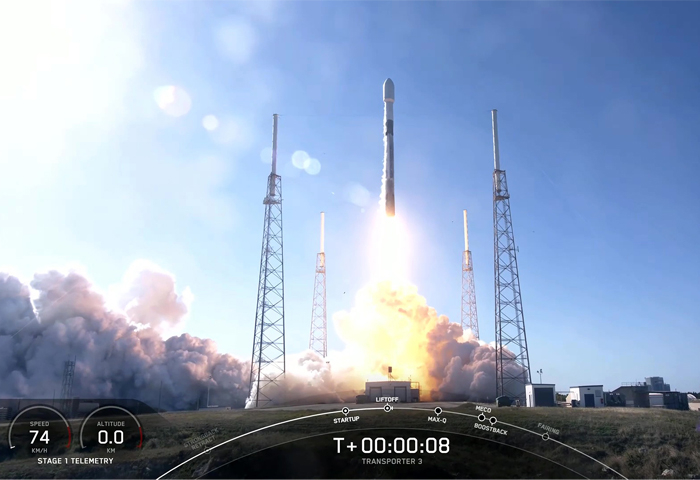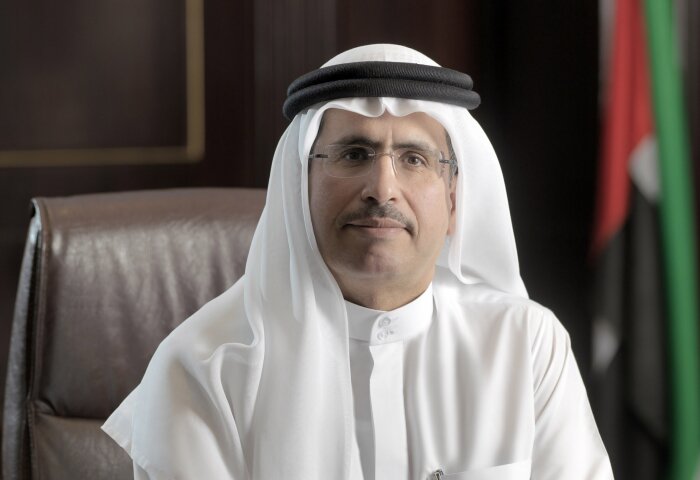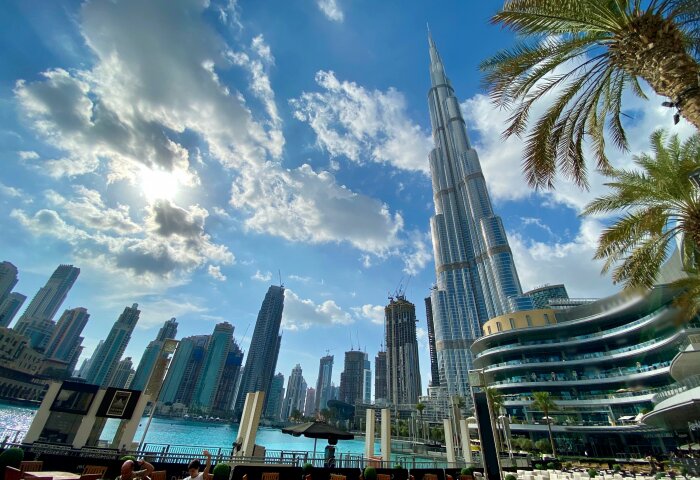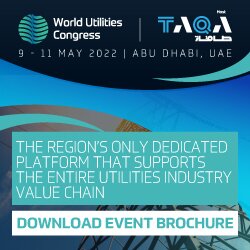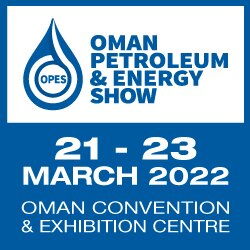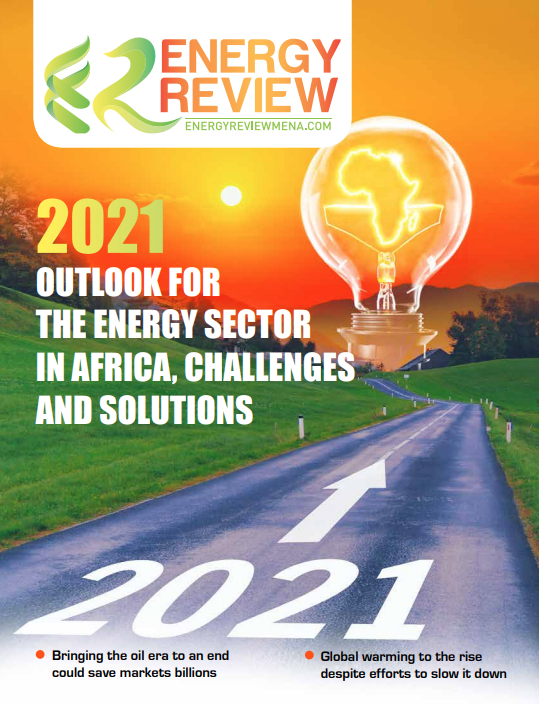Dubai Electricity and Water Authority (DEWA) has achieved a new world record through its launching of the 3U nanosatellite ‘DEWA-SAT1’ in collaboration with NanoAvionics, becoming one of the most prominent global utilities in all its operations. After the success of the pilot project, DEWA has become the world’s first utility to use nanosatellites to improve the maintenance and planning of electricity and water networks. The launching of the satellite is part of DEWA’s Space-D programme launched by HH Sheikh Mohammed bin Rashid Al Maktoum, vice president and prime minister of the UAE and ruler of Dubai, in January 2021 to consolidate Dubai’s leadership in developing and using the latest global technologies. Through Space-D, DEWA researches the use of space technology to support utilities to improve their operations and planning. This will support sustainable development and a green economy in the UAE and worldwide.
HE Saeed Mohammed Al Tayer, MD & CEO of DEWA, said that the launching of the 3U nanosatellite has enabled the R&D team at DEWA with the knowledge and experience to understand the effectiveness and value of IoT nanosatellite constellation in supporting utilities such as DEWA to improve the management of their power grid and water transmission and distribution networks. Al Tayer noted that IoT satellite technology will be complementary to the terrestrial IoT communication network and will be an enabler to the expansion of IoT in the smart grid and water networks. This will improve the efficiency of DEWA’s operations, support the digitalisation of energy, water transmission and distribution networks. It will also integrate IoT data using DEWA’s cloud services.
“Our goal, after the pilot project’s success is that DEWA through our commercial partners, can offer Satellite-As-A-Service (SAAS) to the global utility industry leveraging the expertise developed in building the satellite technology, offering grid and water network operators data and niche utility use-cases to improve their operations, planning, and to support their digitalisation journey. By the end of 2022, we are planning to launch another nanosatellite for remote sensing applications using a custom-made imager and spectrometer technology with high temporal and spatial resolution,” added Al Tayer.
Meanwhile, Eng. Waleed Bin Salman, executive vice president of business development and excellence, said that DEWA has chosen satellite networks to monitor solar power plants and water systems because of the great benefits it provides compared to other options such as the use of drones. The IoT satellite communication networks such as LoRA would extend the coverage of the existing IoT terrestrial networks. Once the satellite constellation is in operation, data collection from remote assets can be collected at a fraction of the cost and time to that of extending the coverage of the terrestrial network. This is especially the case in difficult terrain regions such as mountains, forests or deserts.
DEWA launched the first 3U nanosatellite to research solutions and develop use-cases using Satellite IoT technology. This includes the development of on-board LoRA IoT receivers, LoRA IoT terminals designed specifically to communicate directly with the satellite without the need for ground gateways or ground-stations. The programme also aims to train Emirati professionals to develop constellation of nanosatellites to serve DEWA business and the global utility market. Our researchers will develop niche use-cases applicable to the electrical and water generation, transmission and distribution systems. We are taking advantage of the Fourth Industrial Revolution technologies such as IoT, data analytics, Artificial Intelligence (AI), and blockchain to provide value from the data received from our IoT terminals via the satellite constellation network. DEWA are using as part of this solution a digital IoT platform hosted by our private data centre operated by MORO hub, the backbone of digital DEWA.
The use of Satellite LoRA IoT communication will expand the coverage of our already existing LoRA IoT Terrestrial network operated by Infra-X, the information communication and technology arm of DEWA digital. The Satellite LoRA IoT terminals have been designed by DEWA R&D to be capable of communicating using Infra-X LoRA terrestrial as well as LoRA Space-D satellite communication networks. With this, Infra-X can offer extended communication coverage to their customers, including DEWA to the remotely located assets in locations with no terrestrial coverage.
DEWA’s Space-D programme
Through the Space-D programme, DEWA strives to discover a very specific solution to a problem that many large industries face – efficient monitoring and utilisation of large assets. Through this ambitious programme, DEWA plans to benefit from satellites to promote its flexibility and agility in monitoring, managing, and maintaining its electricity and water networks. This ensures providing electricity and water services according to the highest standards of availability, reliability, and efficiency. It also reduces costs, improves asset utilisation, and enables knowledge and experience transfer.
Dr. Ali Rashid AlAleeli, vice president research and development, business development and Excellence at DEWA, said that the R&D Centre works within the Space-D programme to develop several niche use-cases for grid and water networks. These cases include monitoring and pre-fault detection in secondary substations; enhanced distribution network visibility and fault detection; electric vehicle charging station monitoring and data collection; solar power plant monitoring; improved solar forecasting for improved transmission operation planning; improve power planning of generation and transmission; transmission line patrolling and infrastructure change detection and water leak detection.
The Space-D programme aims to build DEWA’s capabilities and train Emirati professionals to use space technologies to enhance its electricity and water networks. The programme will take advantage of Fourth Industrial Revolution technologies such as IoT, Artificial Intelligence (AI), and blockchain to exchange information with the help of satellite communications and earth observation technologies. The programme enables monitoring the performance and effectiveness of solar photovoltaic panels at the Mohammed bin Rashid Al Maktoum Solar Park, the largest single-site solar park in the world.


